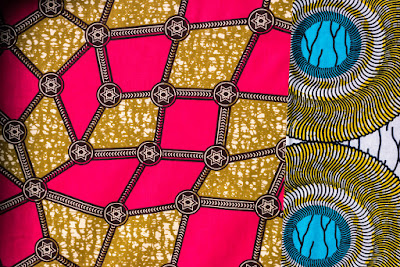The conference responds to the observation that so far cooperation was mainly unidirectional, displaying European exhibitions in African museums, or aiming to instruct African institutions in fields such as conservation, restoration, or curating, thereby following a development approach. Only very occasionally does collaboration focus on the practical implementation of joint projects, taking into consideration expectations, goals and needs of all the stakeholders.
In this conference with 25 speakers from Africa and Europe, past and current cooperation projects will be reviewed and discussed critically in order to learn from each other’s experiences and to develop new ideas for future endeavours.
For full conference programme see here.







